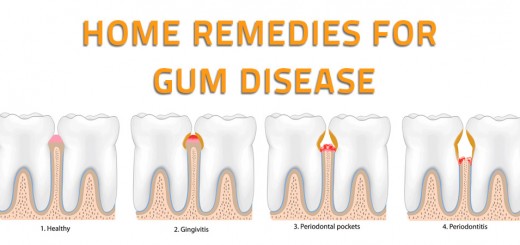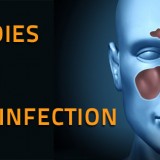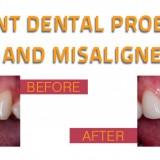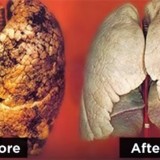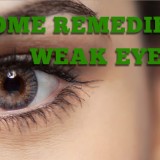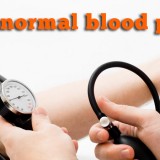Are you brushing and flossing enough? And in the right way? If not, you don’t just risk cavities.
What’s the best way to brush?
Just because your teeth are made of hard enamel, it doesn’t mean you should scrub them like you would a dirty pot.
Scrubbing that’s too aggressive or a toothbrush that’s too hard can harm gums and tooth enamel.
Brush for two minutes every time (half a minute for each quadrant of teeth), and use a soft-bristled toothbrush.
Ideally, you should brush after each meal or snack to quickly remove decay-causing, odor-emitting particles (like food) and bacteria from the tooth’s surface.
If that seems impossible, aim for at least twice a day. Not brushing increases risk of cavities, bad breath, tooth decay and bone loss.
Position your brush at a 45-degree angle to your gums. Move it back and forth across one quadrant in gentle, tooth-wide strokes. Brush the outside, inside and chewing surfaces of each tooth, focusing on one quadrant at a time.
Finish by brushing your tongue to remove the disease- and odor-causing bacteria that hides there.
If you know you won’t do all that, invest in an electric toothbrush.
It gives continuous, effective strokes that clean the tooth surface gently and efficiently. And some electric brushes have sonic action that can vibrate bacteria out of gum pockets and off the tooth surface.
Plus, most have timers, so you know when you’ve brushed long enough.
Whichever kind of toothbrush you use, replace the brush (or just the bristles, if it’s electric) every 3-4 months.
Toothbrushes can harbor bacteria, and if bristles are frayed or bent, they won’t clean teeth effectively.




